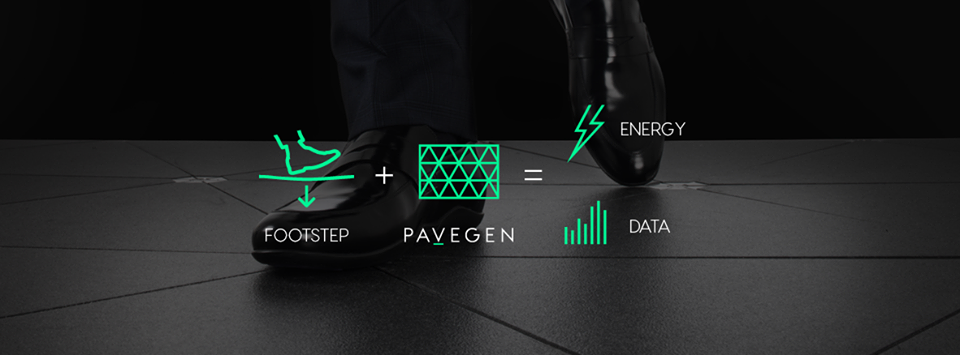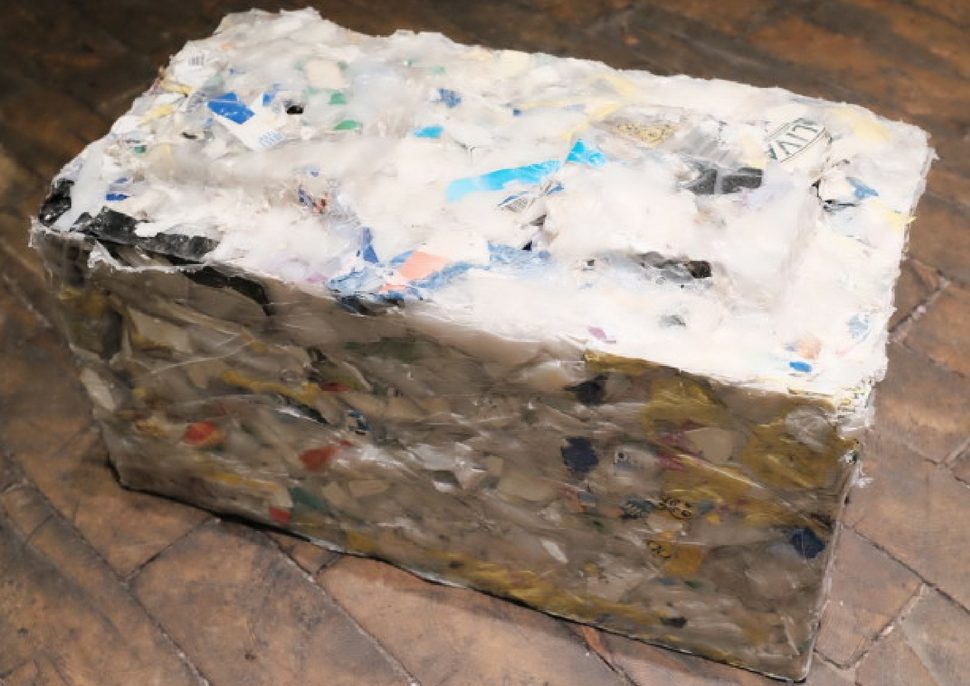Feature image via Kirei USA website
When it comes to “doing your bit” for the environment, dotting recycling bins around the workplace isn’t nearly enough.
The property industry is responsible for a gargantuan amount of carbon emissions. According to the UK’s Committee on Climate Change, buildings accounted for 37% of total UK greenhouse gas emissions in 2012. In the US, the Energy Information Administration (EIA) reports that the Building Sector consumes nearly half (47.6%) of all energy produced.
It’s not easy being green. But many forward-thinking flexible workspace operators are making their mark by implementing innovative ideas and a strategic approach towards sustainable workspace practices. Positive change is happening.
Allwork has been discussing these sustainable techniques over the past month, but what’s coming around the corner? Given the blinding speed at which technology, scientific discoveries and new ideas are evolving, the workspace industry is facing a conveyor belt of innovation.
Here we celebrate some of the most insanely practical green ideas that could take root at your workspace in the not-too-distant future:
-
Kinetic energy:

Image via Pavegen Facebook Page
How many people stream past your office window every day? Imagine if you could harness the energy that results from those footsteps. That’s the idea behind kinetic energy company, Pavegen, which manufactures floor tiles capable of producing power from pounding the pavements.
Originally, founder Laurence Kemball-Cook worked on converting the kinetic energy from a footstep into electricity to power lighting off-grid. Today, Pavegen is a fully-fledged commercial smart-flooring solution. “The technology has evolved from a singular tile, which generates electricity from footsteps, to an entire array with three multi-functional component parts: floor, data and energy. The new interoperable Pavegen System is poised to power the data-driven smart cities of tomorrow.”
-
Ethical furniture:
Office furniture is a fundamental part of every workspace operation, which makes it a clear focal point for sustainable practices.
As reported on Springwise, Humanscale’s Diffrient Smart chair and Float table are positively earth-friendly. In September 2016, the products met Full Living Product Certification, the first products ever to be awarded this distinction. Living Product calls on manufacturers to respect their impact on measures such as water, energy, climate, waste, and ecological impacts. For instance, Humanscale’s Diffrient Smart chair and Float table are powered by renewable energy and fall within the water balance of production locations.
According to Humanscale: “This represents a significant undertaking and shows that a net positive impact is not only an important aim but an achievable goal. We believe the industry as a whole can work towards this.”
-
Body energy
Energy-generating footsteps is one thing, but what about harnessing your own body heat? The average human, at rest, produces around 100 watts of power – the same as a small light bulb. This energy performs vital tasks such as pumping your heart and creating movement, but some of it is wasted through heat loss. That’s where Swedish real estate firm Jernhusen muscled in.
The company channelled the body heat from the hundreds of thousands of commuters that pass through Stockholm’s Central Station, to generate heat in their office building across the street. According to this report, heat exchangers in the Central Station’s ventilation system convert excess body heat into hot water, which is then pumped into the office building’s heating system, creating warmth while simultaneously lowering its energy costs by up to one quarter.
-
Sustainable sound-proofing:
As we’ve learned before, some serviced offices and coworking spaces suffer sound leakage. It’s not just an irritation; it’s also a privacy concern. Happily, workspaces can now lower the volume by pumping up their walls with acoustic-friendly green solutions, such as these sound-absorbing Kirei EchoPanel tiles.
As reported by Inhabitat, these tiles were featured at Greenbuild 2015 and offer all sorts of sustainable must-haves. Reporter Lucy Wang says: “Made from recycled PET plastic bottles, environmentally friendly dyes, and zero added adhesive, these 100% recyclable, sound-absorbing panels can be customized to create almost any shape, color, or pattern your heart desires.”
-
Putting ocean plastic to good work:

There’s nothing good about discarded plastic that ends up in our oceans or landfill. But thankfully, the bright sparks at ByFusion are transforming an ugly situation into a positive one by converting plastic waste into 100% recycled building materials.
According to their recent Indiegogo fundraising pitch, globally, we produce over 300 million tons of plastic every year and recycle only 8%. ByFusion converts waste plastic through a low-emission process into an alternative building material called RePlast. These ‘upcycled’ blocks are formed into the same size and dimensions of regular concrete building blocks, and can be used in a wide variety of infrastructure, development, and construction projects.
Got more green ideas? Share your ideas with us on Twitter and Facebook or by contacting the editors.


 Dr. Gleb Tsipursky – The Office Whisperer
Dr. Gleb Tsipursky – The Office Whisperer Nirit Cohen – WorkFutures
Nirit Cohen – WorkFutures Angela Howard – Culture Expert
Angela Howard – Culture Expert Drew Jones – Design & Innovation
Drew Jones – Design & Innovation Jonathan Price – CRE & Flex Expert
Jonathan Price – CRE & Flex Expert












